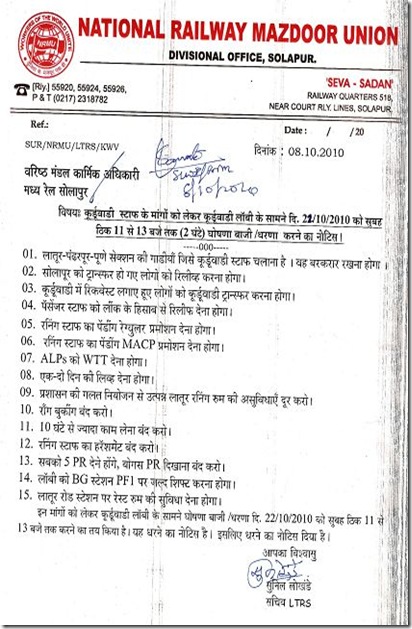INTEREST ON DELAYED GRATUITY PAYMENT PAYABLE
RULES MADURAI BENCH OF HC
An employee becomes eligible for gratuity on the termination of his employment after he has rendered continuous service for not less than five years, according to Section 4(1) of the Payment of Gratuity Act, 1972. He is also entitled for interest on the gratuity in terms of Section 7(3) and 7(3A).
Making these clear, the Madurai Bench of the Madras High Court directed the Arumuganeri Salt Workers Co-operative Production and Sale Society Ltd, Thoothukkudi district, to pay the amount to its worker, Mr A. Rajan, within 30 days from date of receipt of a copy of this order without further driving him to any other forum.
Mr Justice K. Chandru, hearing a writ petition from the Society challenging the order dated January 27, 2009 of the Appellate Authority under the Act, Madurai (R-2), directing it to make interest payment if gratuity was not paid within 30 days from the date of his order, noted that from the beginning, it was the stand of the petitioner Society that R-1 (Mr A. Rajan) was not eligible for gratuity. If Sections 7(3) and 7(3A) were read together, then there was no difficulty in understanding the eligibility for receiving interest.
In the present case, the Appellate Authority had correctly construed the legal provisions and there was no case made out to interfere with the interpretation placed by the Authority. The petitioner contended that payment of interest would arise only when there was delayed payment, and in this case, there was no delay since they had paid gratuity as ordered by R-2, and hence the question of payment of interest would not arise.
This Court was unable to accept the said statement, since the entire controversy was with regard to the legal provision. Reading Section 4(1) of the Act it would be clear that the date relevant for determination of interest was the date on which gratuity became payable, which in the present case was when R-1 resigned his job on 1-6-2003. When R-1 issued notice for payment of gratuity, petitioner employer did not honour the notice. On the contrary, it was only when R-1 instituted a claim before the Controlling Authority, the petitioner contended about the irregular nature of his employment and his alleged disqualification from receiving gratuity. In the light of these, the writ petition stood dismissed, the Judge held.










